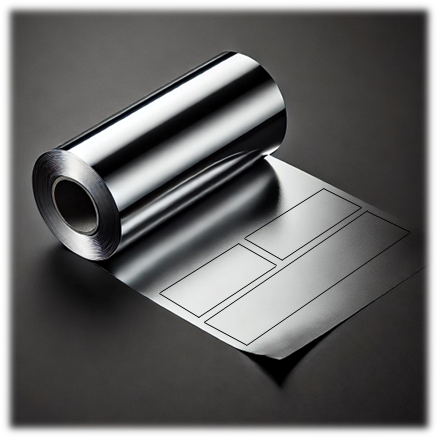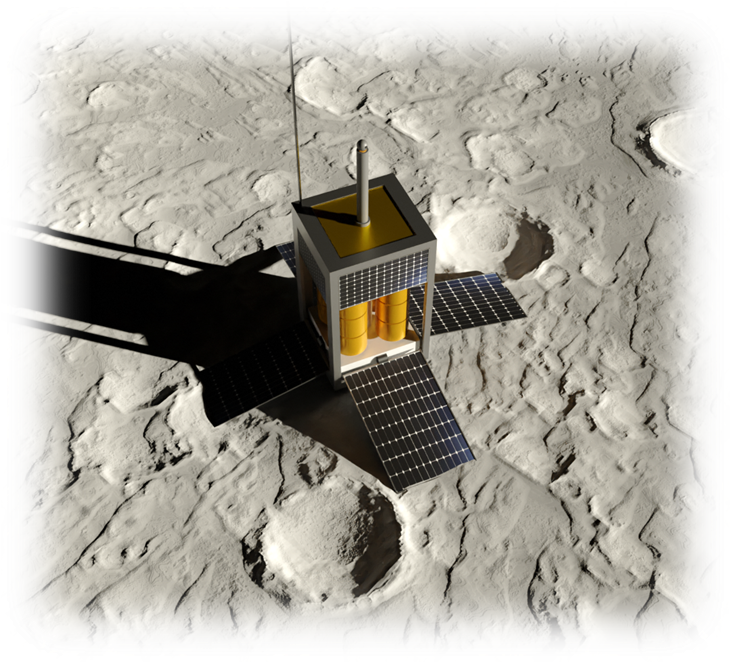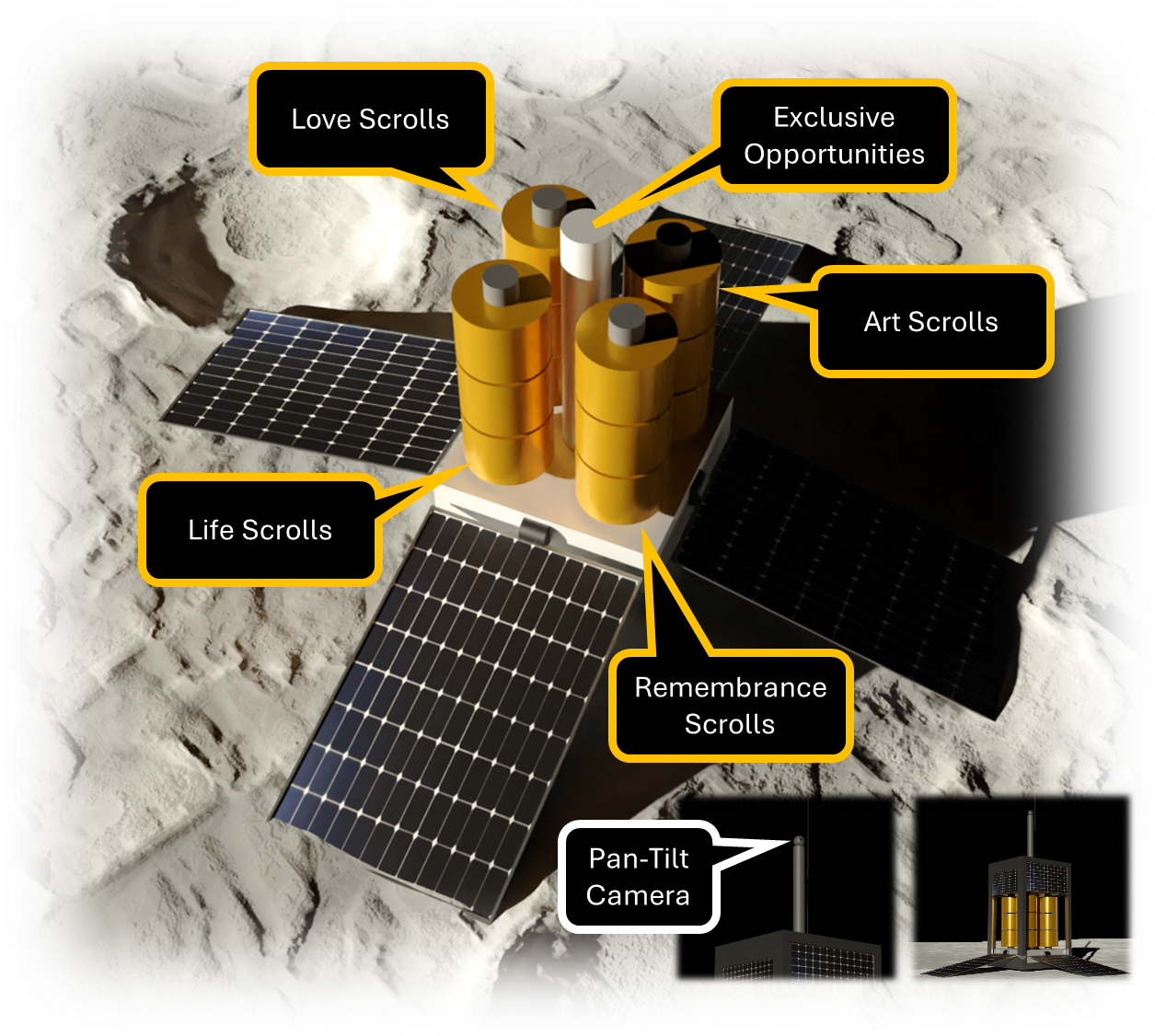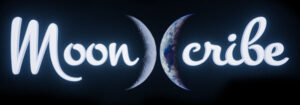Technology
Writing messages onto special metallic scrolls is well established technology, used in the aerospace industry for ‘part marking’ and more. It’s the same technology that’s sometimes used for putting messages onto jewellery. A name of a loved one for example. This process can reproduce images and even add a degree of colour to those images or messages. That’s all up to you to choose.
However, writing messages onto metal which is rolled onto a type of scroll presents some new challenges. We would like to think future civilisations may want to unravel humanity’s messages and read about what meant a lot to us. So that means we need to prevent the layers of metal from sticking together. We’ve already conducted research here and through choice of the right metals and introducing ‘oxidation spacers’ we are confident that everyone’s message will remain intact, even if, and when, unravelled many thousands of years later.
But what about getting to the Moon? There are over 400 missions planned to the Moon in the next decade. Private companies have even made it to the Moon. We’ve already been in conversation with someone who is going to the lunar surface in 2028-2029 and have an offer of a ride!
What will a message look like? The smallest unit of message is 3 x 1 cm and in our smallest font should be capable of writing 60 to 80 characters and still be readable by the naked eye. Think of it as a font size similar to what’s written on the back of jewellery. However, these message blocks can be combined in even numbers to create much larger messages. 2 blocks, 4 blocks, 6 blocks and so on. More characters, images, drawings, or just a larger font. Each message will have a border separating it from those from others.
We also plan to put a camera onto the package with your message scrolls to allow us all to see the lunar surface and the heavens where your messages are. All of the technology for this already exists and has been to the Moon before. Solar cells, batteries that can cope with the extreme temperatures, and cameras.
If you are interested in what could come after laser etching and wondering about writing in the lunar dust (as NASA Astronaut Eugene Cernan did as the last man of the Moon, who wrote his daughters initials there out of love) then please see this link.



